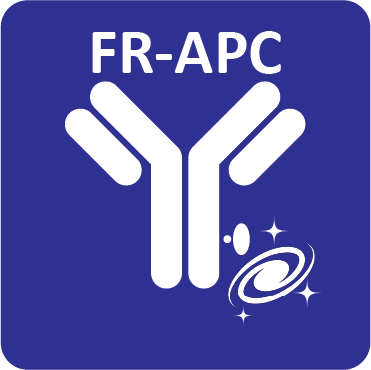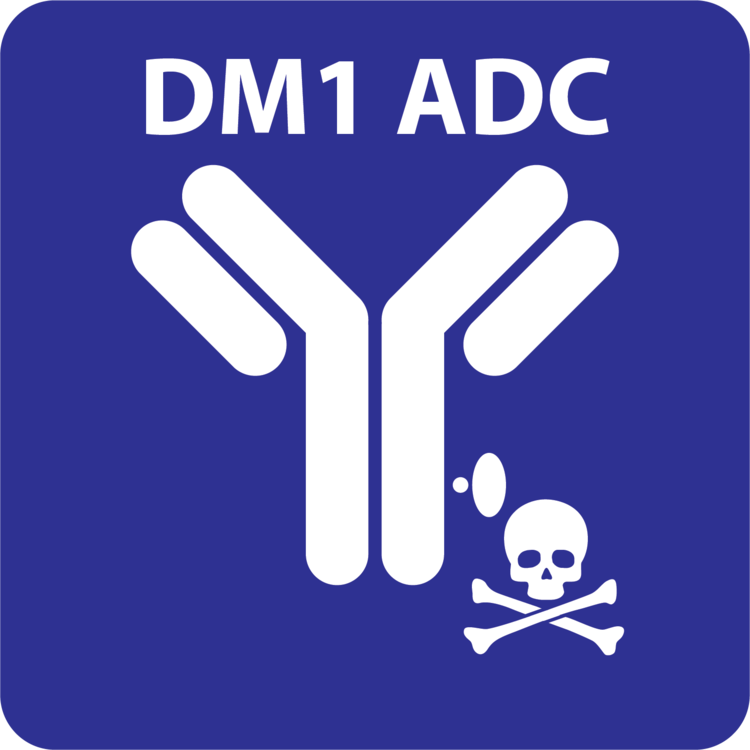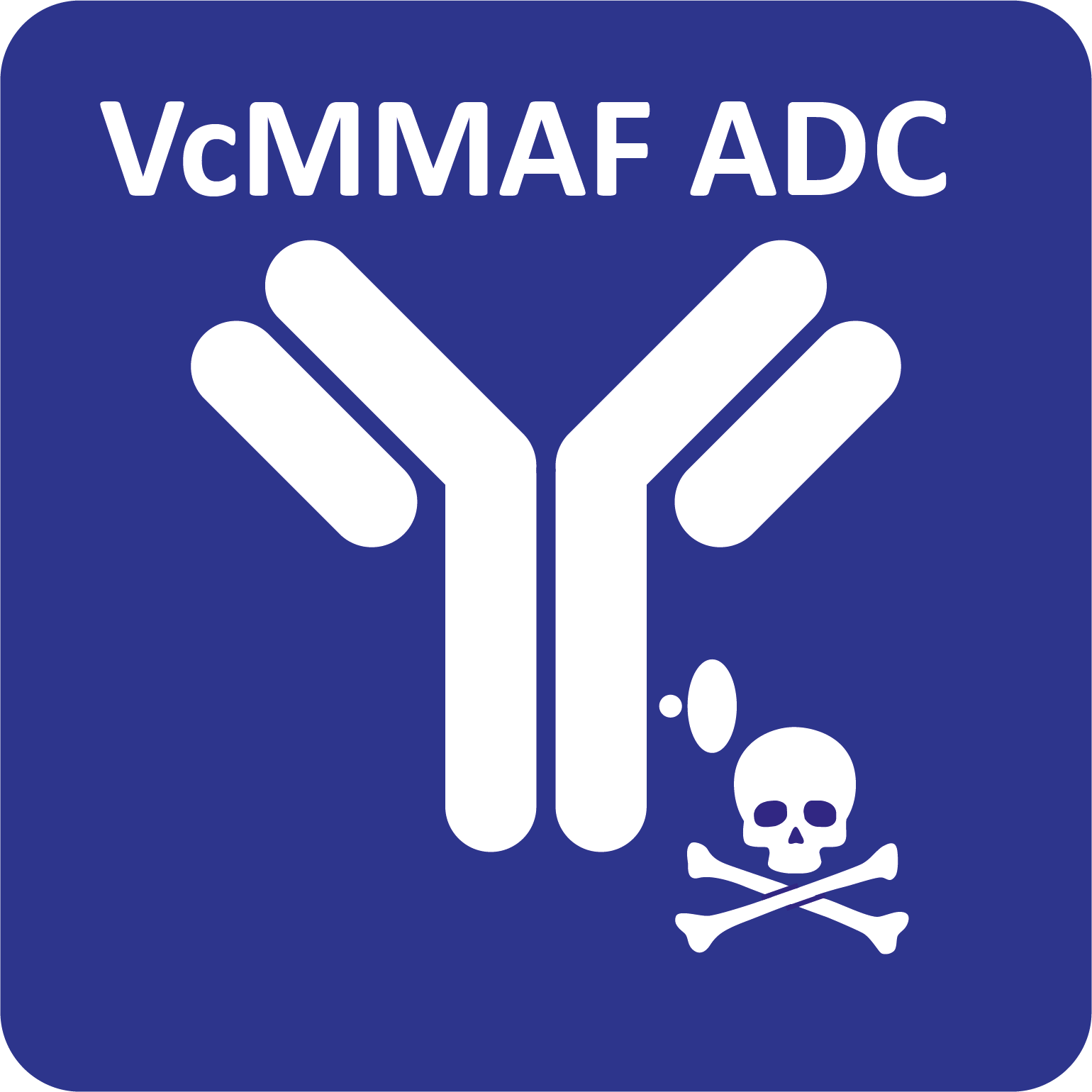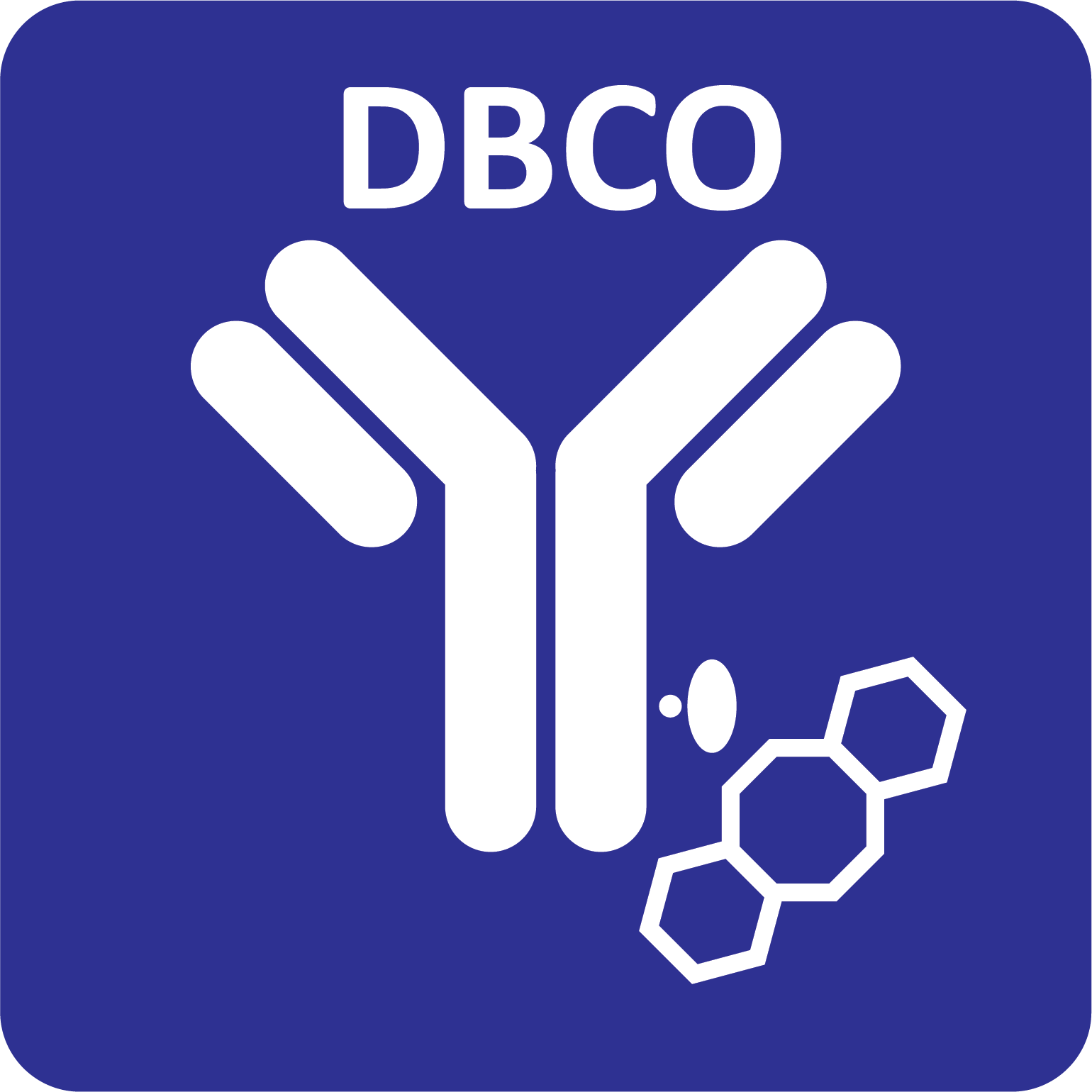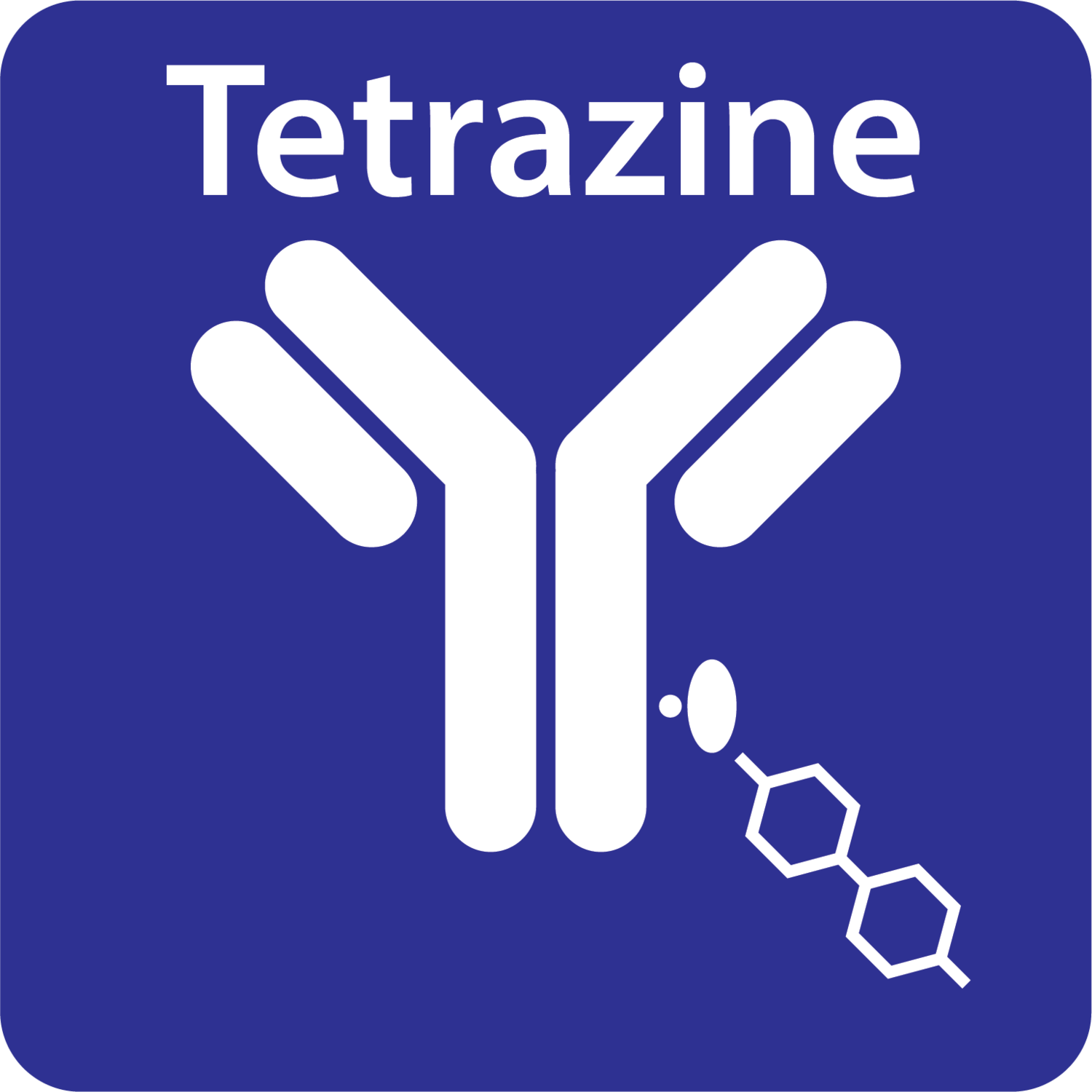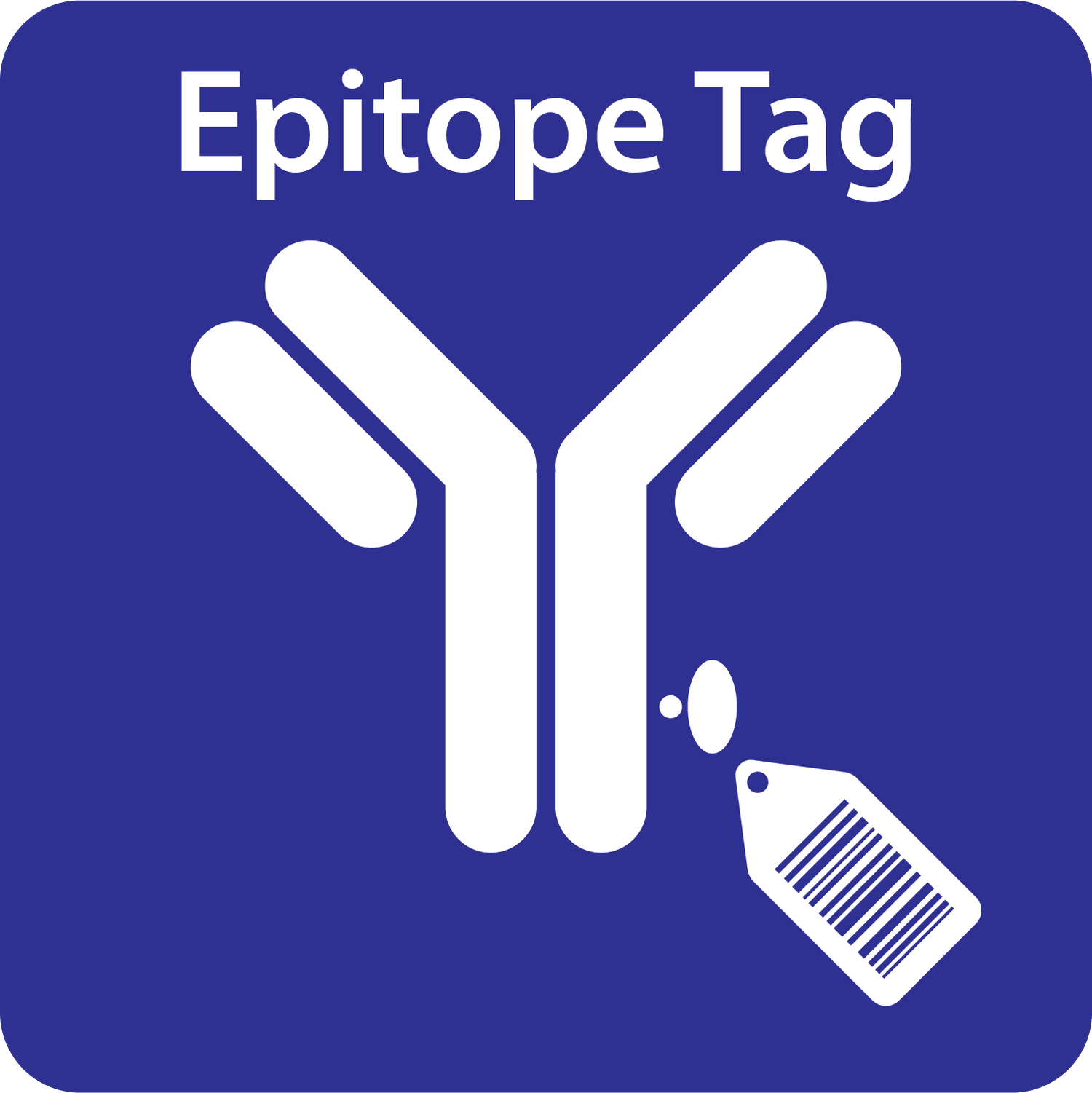Your cart is currently empty!
Single-cell biology is a rapidly growing field of interest providing exciting opportunities in the study of biological mechanisms of disease.
Advances in next-generation sequencing (NGS) have made possible the analysis of cellular systems at the individual cell level. In particular, scRNA-seq (Single-cell transcriptome sequencing) is a widely used technique for studying expression profiles of individual cells and defining cell states. It uses transcriptional profiling of large numbers of individual cells, which allows researchers to understand the genes expressed and enables the quantification and characterization of cells within a large heterogenous sample.
scRNA-seq has enabled researchers to identify rare cell types within a cell population that have never before been discovered. One drawback of the technique is its inability to provide information on cell surface phenotyping.
Flow Cytometry is an established and widely used technique for analyzing cell populations using cell surface markers. However, this technique is limited to only analyzing the proteins on the cell surface. In addition, because of the potential spectral overlap of the fluorophores used to identify cell populations simultaneously, there is a limitation to the number of markers that can be used.
CITE-seq (Cellular Indexing of Transcriptomes and Epitopes by Sequencing) developed by the New York Genome Center (NYGC), is an innovative technique for studying single-cell biology, that combines single cell sequencing (scRNA-seq) with phenotyping of cell surface proteins.
Figure 1. The CITE-seq process
The technique uses antibody-oligonucleotide conjugates to measure specific cell surface proteins whilst also sequencing the mRNA of the single cells, providing a simultaneous view of the proteome and transcriptome.
CITE-seq enables researchers to analyze individual cells, distinguish between different cell types, and study mechanisms of disease at the cell level.
The advantages of CITE-seq
The simultaneous analysis of the proteome and transcriptome afforded by CITE-seq, provides several advantages including:
-
The coupling of CITE-seq with cell hashing enables multiplexing and the analysis of bulk samples.
-
It can be used to detect proteins of interest even if there is a very low abundance of the protein’s RNA.
-
The simultaneous quantification of both cell surface proteins and transcriptome on large numbers of cells reduces costs and shortens the time of high-throughput screening.
-
There is no requirement for optimization of antibody panels and no limit on the numbers of markers that can be analyzed at the same time – due to the use of oligonucleotides instead of fluorophores.
The drawbacks
One of the most crucial elements of CITE-seq is the design of the antibody-oligonucleotide conjugates. It is imperative that there is limited variability in the number of DNA tags on the antibodies, or disruption to the antibody binding site. Both of these conditions can be difficult to achieve with many commercially available antibody-oligo conjugation kits because of their amine-directed technology.
Providing piece of mind
There is a solution to costly and complex antibody-oligo conjugation methodology that removes any potential for binding site interference and uncontrolled stoichiometry.
AlphaThera’s oYo-Link® Oligo technology enables fast, simple and site specific labeling of your antibody with custom oligos, using only the amount of antibody you need for your experiment, and without a large excess of oligo.
Unlike other oligonucleotide conjugation products available, oYo-Link allows site specific, covalent labeling of antibodies in the Fc region. This guarantees there will be no interference with antibody binding sites, as well as a homogenous mixture of antibody-oligo conjugates with 1 to 2 oligonucleotides attached per antibody. Therefore, oYo-Link Oligo provides scientists with more control and precision over their CITE-seq experiments, removing any impact of decreased assay performance associated with traditional heterogeneous labeling products.
oYo-Link® Oligo enables labeling of compatible antibodies with both ssDNA & dsDNA oligonucleotides, up to 80bp or longer. Labeling requires only 30 seconds hands-on time, and the whole conjugation process is complete within 2 hours.
Advantages of oYo-Link® for Antibody-Oligonucleotide conjugation:
-
Label as little as 1ug of antibody at a time – reduce overall antibody required = reduce overall cost and minimize wasted materials!
-
Custom oligos supported, up to 80bp or longer, for ssDNA or dsDNA.
-
Easy and rapid oligo-antibody labeling with less than 30 seconds hands-on time.
-
Site specific labeling in the Fc region, so no loss in antibody functionality or batch-to-batch variability.
-
Oligos are all HPLC or PAGE grade ensuring confidence in downstream assays.
-
Label diluted antibody – as low as 50 μg/mL – saving time as antibodies do not need to be concentrated prior to labeling.
-
No need for purification prior to conjugation – compatible with nearly all buffers, even those containing Tris and albumin.
Find out more about oYo-Link® – download our brochure.

Figure 2. the oYo-Link Antibody-Oligo labeling process
Exploring the protein journey within the nucleus
CITE-seq has since developed further to be used to assess the protein journey within the nucleus. The development of inCITE-seq was led by Hattie Chung, postdoctoral associate at the Broad Institute of MIT and Harvard. Check out this recent article in Nature Methods -‘How single-cell multi-omics builds relationships’ – featuring an interview with AlphaThera, that takes a looks at approaches to analyze single-cell changes, and reviews inCITE-seq as a way to multiplex measurements of a protein’s journey in the nucleus. The challenges of attaching DNA tags to track antibodies in the nucleus, and the requirements for cheaper and controlled ways for conjugating DNA to antibodies are also discussed. In the interview, AlphaThera scientists discuss the development and commercialization of oYo-Link antibody labeling technology, and the opportunities it provides researchers within the field of multi-omic single-cell analysis. Read the article here.
For more information on using antibody-oligonucleotide conjugates for CITE-seq, or for any technical questions, please don’t hesitate to contact our technical support team at support@alphathera.local.
In the meantime, check out more blog posts in our series on antibody-oligonucleotide conjugation including:

